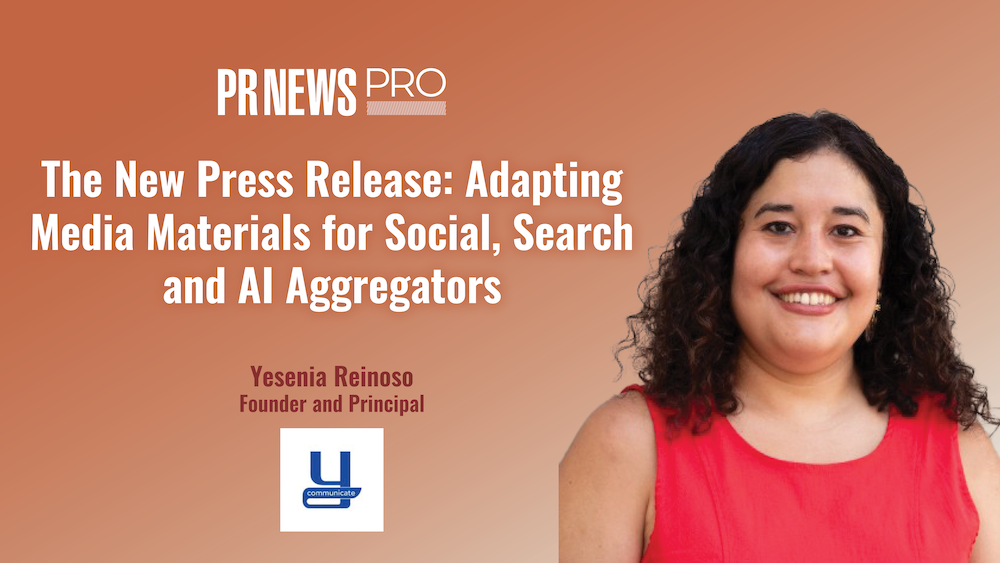Word of mouth is the oldest form of advertising, but many marketers embracing it are missing the point. They are joining the fray because their tried and true strategies of pushing messages out via traditional channels are no longer working, and they see word of mouth as the newer, whiter, brighter communications vehicle.
There’s been a seismic shift in power to consumers. Those who don’t recognize that simple fact and truly celebrate it will be left behind. Marketers must engage in real two-way conversations with current and potential customers.
Everything now has to be about pull vs. push. Consumers are actually pretty savvy when it comes to the Internet. Sure, they visit your Web site for information about your brand but when it comes to purchasing, over 90% report that word of mouth is their top purchase decision influencer.
Not only are consumers researching your brand, but they are posting comments on message boards and generating content about your brand. And remember, that user-generated content—the good, the bad and the ugly—is turning up on Google alongside your sponsored results.
Stuff like Myspace profiles and widgets may seem sexy, but they can’t replace solid strategy. Don’t just do something because your competitor did it. Rather, use relevant technology and applications to support your overall strategy of engaging with consumers to tell a story about your brand and communicate a specific message.
Engage with consumers on their terms, wherever they are and however they choose to participate. Some are participating in chat rooms, others are reading message boards, some are active on Facebook, while others are authoring blogs.
Here’s 10 things to consider before you start talking up word of mouth:
1. Put the consumer first.
2. Be transparent and honest.
3. Find the great story or stories in your great brand. (Keller Fay reports that consumers are most motivated to hear and share info about “great brands with great stories”).
4. Develop and share compelling ‘social currency’.
5. Keep it simple and extremely portable to optimize both online and offline sharing.
6. Maximize assets that are compelling and relevant to targets.
7. Make it easy for them to share with their realms of influence.
8. Don’t speak corporate speak or Marketingese.
9. Respect the consumer.
10. Really listen and respond.
Karen Ticktin is a partner at DEI Worldwide.



